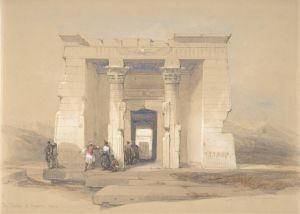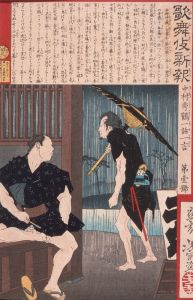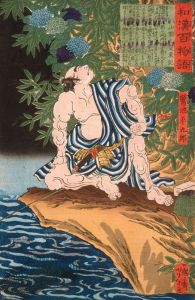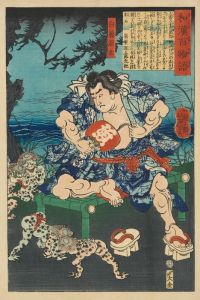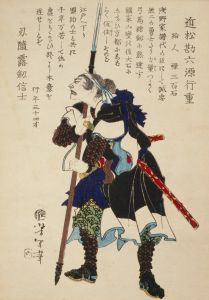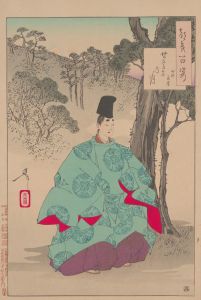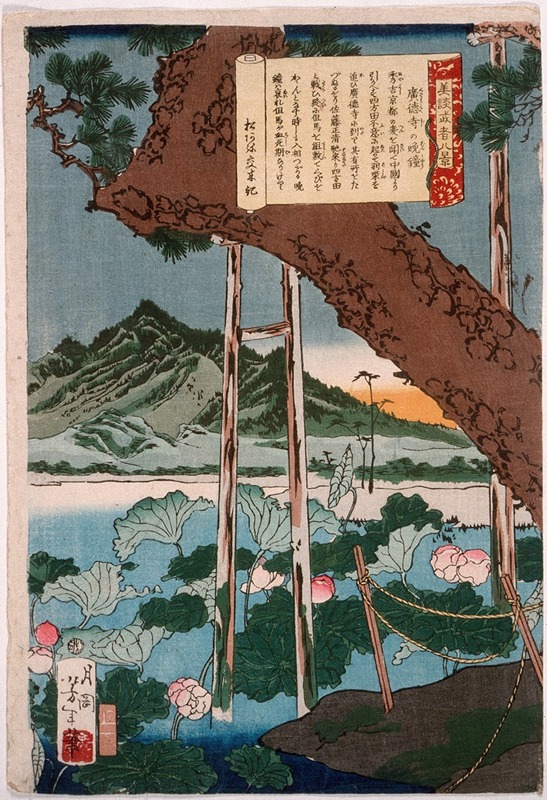
Evening Bell at the Temple Kōtokuji
A hand-painted replica of Tsukioka Yoshitoshi’s masterpiece Evening Bell at the Temple Kōtokuji, meticulously crafted by professional artists to capture the true essence of the original. Each piece is created with museum-quality canvas and rare mineral pigments, carefully painted by experienced artists with delicate brushstrokes and rich, layered colors to perfectly recreate the texture of the original artwork. Unlike machine-printed reproductions, this hand-painted version brings the painting to life, infused with the artist’s emotions and skill in every stroke. Whether for personal collection or home decoration, it instantly elevates the artistic atmosphere of any space.
"Evening Bell at the Temple Kōtokuji" is a woodblock print by the renowned Japanese artist Tsukioka Yoshitoshi, part of his acclaimed series "One Hundred Aspects of the Moon" (Tsuki hyakushi). This series, created between 1885 and 1892, is celebrated for its innovative use of traditional ukiyo-e techniques to explore themes of folklore, history, and the supernatural, all unified by the motif of the moon.
Yoshitoshi, born in 1839, was a pivotal figure in the world of ukiyo-e, a genre of Japanese art that flourished from the 17th through the 19th centuries. He is often credited with revitalizing the art form during a period when it was in decline due to the advent of photography and Western art influences. His work is noted for its dynamic composition, emotional depth, and technical mastery, which are evident in "Evening Bell at the Temple Kōtokuji."
This particular print depicts a serene and contemplative scene set at the Kōtokuji Temple. The temple, like many in Japan, would have been a place of tranquility and reflection, often associated with the sound of a bell marking the passage of time or calling monks to prayer. The image captures the essence of a quiet evening, with the moon casting its gentle light over the temple grounds. The composition likely includes traditional elements such as temple architecture, natural scenery, and perhaps figures engaged in meditation or daily activities, all bathed in the soft glow of moonlight.
Yoshitoshi's "One Hundred Aspects of the Moon" series is renowned for its ability to blend realism with the ethereal, and "Evening Bell at the Temple Kōtokuji" is no exception. The print exemplifies Yoshitoshi's skill in using light and shadow to create mood and atmosphere, drawing the viewer into a world that is both familiar and otherworldly. The moon, a central element in the series, serves as a symbol of change, mystery, and the passage of time, themes that resonate deeply in Japanese culture and literature.
The series as a whole reflects Yoshitoshi's fascination with the moon and its various cultural and literary associations. Each print in the series tells a story or captures a moment inspired by historical events, legends, or classical literature, often with a focus on the human experience and its connection to nature and the cosmos. "Evening Bell at the Temple Kōtokuji" fits within this framework, offering a glimpse into a moment of peace and introspection.
Yoshitoshi's work, including this print, has been influential in both Japan and the West, appreciated for its artistic beauty and its ability to convey complex emotions and narratives through visual art. His prints are considered masterpieces of the Meiji period, a time of significant cultural and social change in Japan, and they continue to be studied and admired for their contribution to the ukiyo-e tradition and their impact on the development of modern Japanese art.
In summary, "Evening Bell at the Temple Kōtokuji" is a testament to Tsukioka Yoshitoshi's artistic vision and his ability to capture the timeless beauty and mystery of the moonlit world. Through his masterful use of the woodblock print medium, Yoshitoshi invites viewers to pause and reflect on the serene and transient moments of life, as symbolized by the evening bell and the ever-present moon.





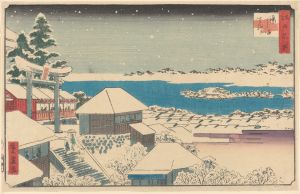
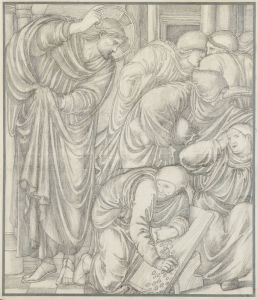
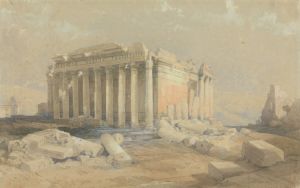
![Temple of Edfou [Idfû], ancient Appolinopolis, Upper Egypt.](/imgs/217546/s/david-roberts-temple-of-edfou-idfu-ancient-appolinopolis-upper-egypt-2a77d2d6.jpg)
![Temple of Kalabshee [Kalabsha, Kalâbishah], Nubia. Nov. 1838.](/imgs/217548/s/david-roberts-temple-of-kalabshee-kalabsha-kalabishah-nubia-nov-1838-be0ac440.jpg)
